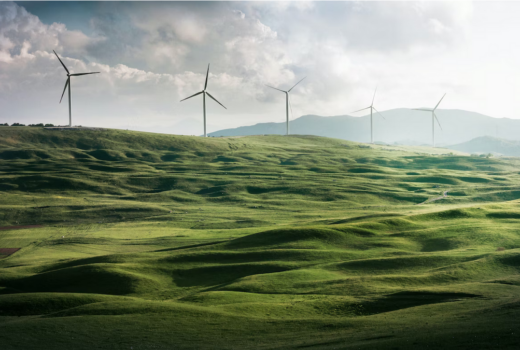Steven Chu speelt even Harry Potter

While I confess I haven’t yet seen all of the Harry Pottermovies including the “Deathly Hallows Part 2,” a staff member (whomight be a bigger nerd than I am) was telling me about LordVoldemort’s “horcruxes” — objects he used to store his lifeenergy. Without them, he lost his power and couldn’t survive,vertelt minister
In the “muggle” world, energy storage is crucial to our futureas well, but for more positive reasons. It is the key togreatly expanding the use of renewable energy sources that areintermittent like wind and solar power. Better batteries will meanlonger range, lower cost electric vehicles, and will make ourentire electricity generation and distribution system moreefficient by smoothing out fluctuations in demand.
There’s no magic wand from Harry Potter. But dramaticinnovation, powered by America’s unique creativity andentrepreneurial spirit, can be just as good or better thanmagic. Here’s seven energy storage technologies that theDepartment of Energy is working on:
1) Advanced Batteries. The Department ispartnering with industry to lower the cost and extend the range ofbatteries used in electric cars and a host of other applications,including energy storage for the nation’s electricity grid. As just one example, a key technology used in the Chevy Volt wasinvented at the Department’s Argonne National Lab.
2) Pumped Hydro. Water running downhillthrough a turbine can produce electricity. By using surpluspower from wind or solar to pump water uphill into a reservoir, wecan store energy for when we need it. This is the mostefficient, large scale energy storage technology now available, andwe should be doing more of it.
3) Compressed Air. As with pumped hydro,surplus electricity from wind or solar is used to pump air into acavern or another container where it is compressed. The airpressure can be released later to spin a turbine and produceelectricity.
4) Flywheels. Surplus electricity can beused to power a motor that spins a large, heavy flywheel in avacuum chamber. When the energy is needed, the flywheel’smotor switches to a generator, returning the energy to the powergrid. The Department supported an innovative new facility inStephentown, New York that is now running at full capacity with 200high-speed flywheels. This technology is particularly usefulfor storing energy for very short periods of time to stabilize thepower grid, because it can switch from charging to discharging in amatter of seconds to smooth out surges in demand.
5) Hydrogen Fuel Cells. Hydrogen can beproduced from natural gas, electricity or a variety of other cleanenergy technologies now under development. When you combinehydrogen and oxygen in a fuel cell, it produces electricity andwater.
6) Solar Thermal. The Department’sloan guarantee program is supporting several projects that are morethan doubling the nation’s Concentrating Solar Power (CSP)capacity. Mirrors direct the sun’s rays to a focal pointwhere a molten salt solution is heated to over 500 degreesFahrenheit. The heat is used to make steam for electricity,but since the salt solution can stay hot long after the sun goesdown, it can also be used as a valuable form of energy storage.
7) Phase-ChangeInsulation. Scientists at the Department’s Oak RidgeNational Laboratory invented a way to produce micro-capsules ofparaffin wax that can be mixed into insulation for homes andbusinesses. Hot temperatures during the day heat and melt thewax, storing thermal energy that is released into the building whenthe wax resolidifies overnight. The technology is now beingmanufactured and sold in the United States – another great exampleof how investments in clean energy innovation create jobs and powerour economy.
bron: Steven Chu’s Facebook
Meest Gelezen
‘Free riding brengt het hoger onderwijs in de problemen’
Vrouwen houden universiteit draaiende, maar krijgen daarvoor geen waardering
Hbo-docent wil wel rolmodel zijn, maar niet eigen moreel kompas opdringen
‘Sluijsmans et al. slaan de plank volledig mis’
Aangepast wetsvoorstel internationalisering dient vooral samenleving in plaats van student



